China's wild populations of more than 300 rare and endangered species including Asian elephants, snow leopards and orchids have steadily increased in recent years, thanks to systematic protection projects, the National Forestry and Grassland Administration said on Monday, marking part of the country's efforts to maintain biodiversity.
With the theme "From Agreement to Action: Build Back Biodiversity," May 22 also marked the 23rd International Day for Biological Diversity, following the historic adoption of the Kunming-Montreal Global Biodiversity Framework in December 2022 at the 15th meeting of the Conference of the Parties to the UN Convention on Biological Diversity in Montreal, Canada.
Experts said on Monday that it has significant meaning, as the framework won loud applause from the international community, in which China has played an important and responsible role to push forward the process.
In recent years, China has systematically implemented projects to protect extremely endangered wild animals and the extremely small population of wild plants, through many measures including in situ and ex situ conservation, artificial breeding and reproduction to effectively enhance the ecosystem, according to a report the National Forestry and Grassland Administration sent to the Global Times on Monday.
China has made great progress in biodiversity conservation. For instance, the number of Magnolia sinica has grown from only six when it was first discovered to 15,000 plants currently. The wild population of Asian elephants has increased to more than 300, and there are six groups of Hainan gibbons with 37 gibbons.
The endangered white-headed langur population has climbed to 1,300, while the number of wild Siberian tigers has increased to 60, according to the report.
"It's amazing that some endangered species including Asian elephants and Hainan gibbons have recovered. The distribution area of the crested ibis has expanded from three provinces to seven, and the number of wild crested ibises exceeds 7,000," Ma Jun, director of the Beijing-based Institute of Public and Environmental Affairs, told the Global Times on Monday.
China launched a blueprint for national parks in December 2022, including 49 candidate sites for the construction of national parks, aiming to establish the world's largest national park system by 2035. It covers 10.3 percent of the country's land area and will protect more than 80 percent of the wildlife species and habitats under key protection, according to the report released by the administration.
The system will play an important role in protecting large-scale ecological corridors, such as bird and animal migration, Ma said.
Wildlife is an important component of biodiversity, supporting humans' sustainable development. China's hard-won efforts to protect endangered species has provided hope, but positive action by the international community is also needed, Sun Quanhui, a scientist from the World Animal Protection organization, told the Global Times on Monday.
Maintaining biodiversity contributes to the stability and sustainability of the ecosystem and reduces the impact of extreme weather events on humans, which also helps to reduce the risks related to ecological and biological security, Sun said.
China has made efforts to improve laws and regulations to improve wildlife protection, which severely crack down on activities such as illegal hunting, smuggling and trading of wildlife.
The legal system for protecting the ecosystem and wildlife has improved. China's revised law on the Protection of Wildlife took effect on May 1, with detailed measures for the regulation of wildlife populations. The revisions of other relevant laws have been completed, including wetland conservation, Yangtze River protection and Yellow River protection.
China has completed drawing ecological protection red lines to identify the crucial ecological zones in the areas.
The red lines include at least 3.15 million square kilometers of area nationwide - at least 3 million square kilometers of land area and at least 150,000 square kilometers of sea area, according to the Ministry of Natural Resources.








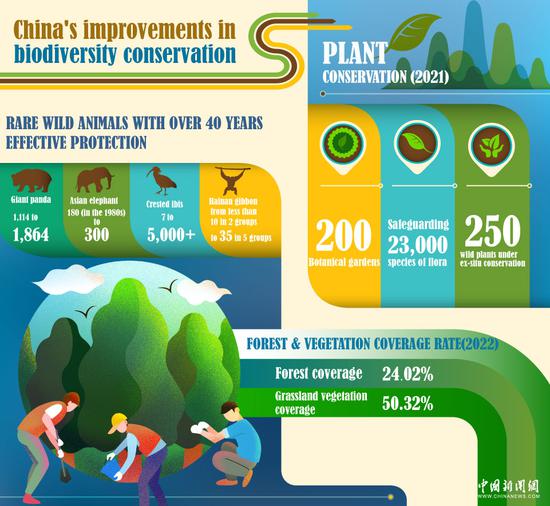




















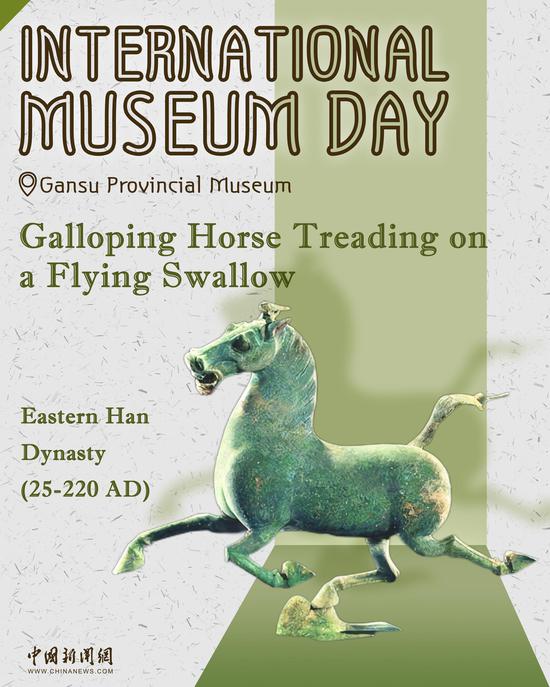

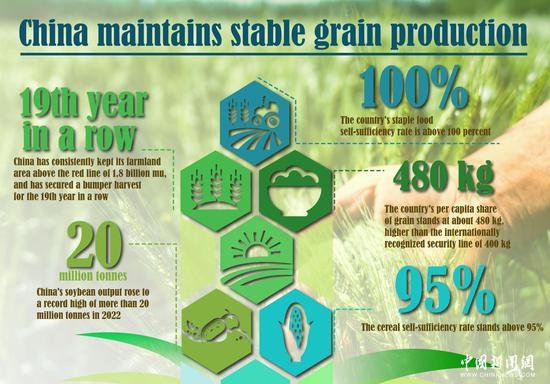

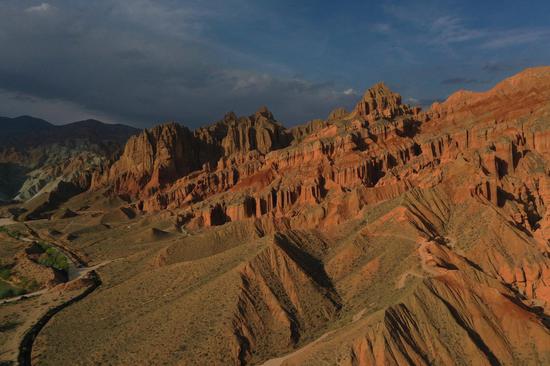
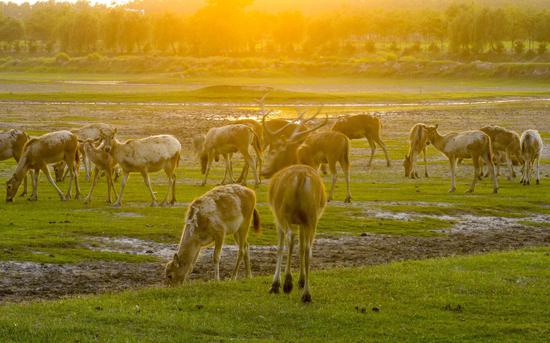















 京公網安備 11010202009201號
京公網安備 11010202009201號